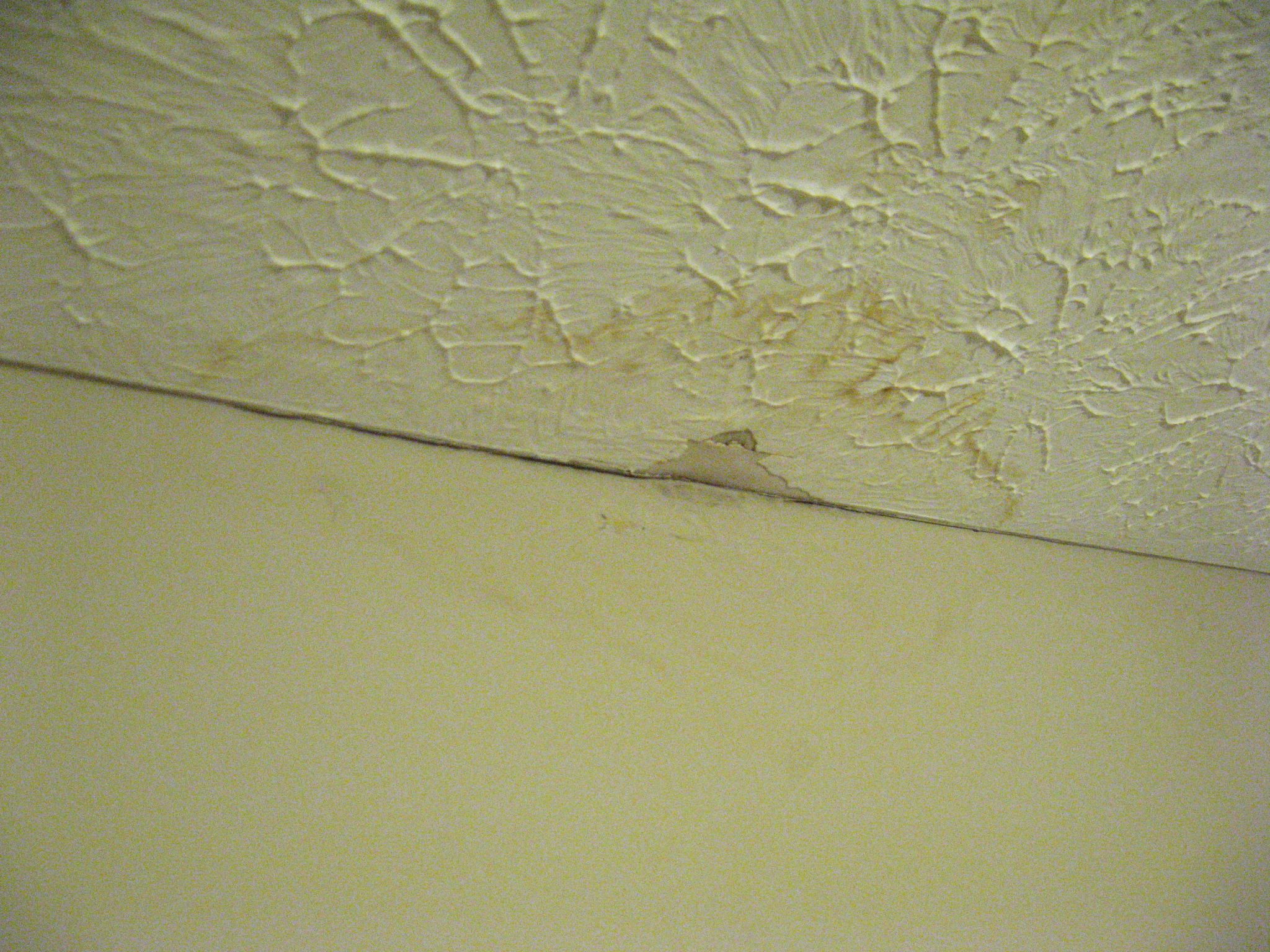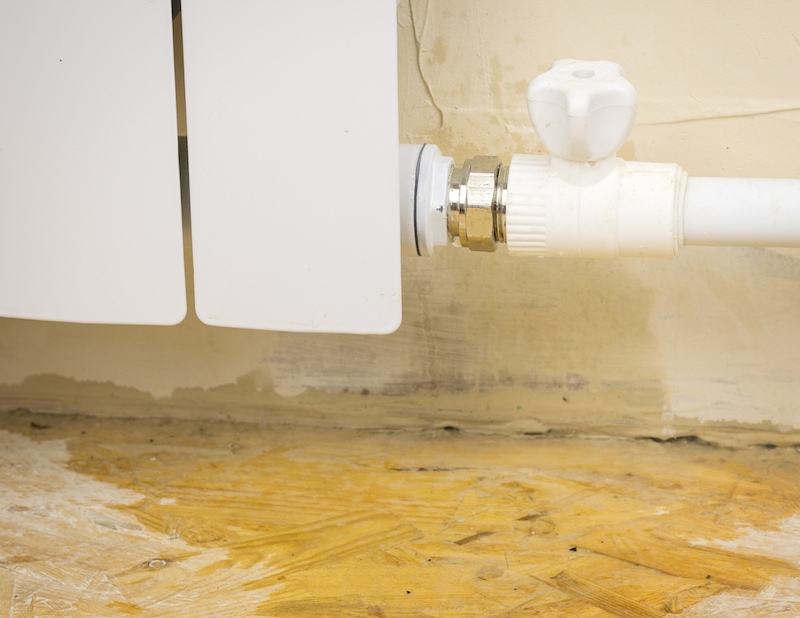Preventative Measures for the Six Most Common Causes of Water Leaks in Residential Spaces
Preventative Measures for the Six Most Common Causes of Water Leaks in Residential Spaces
Blog Article
We've stumbled upon this post involving Top Causes of Home Water Leaks down the page on the web and think it made sense to share it with you over here.

Leakages not just trigger waste of water yet can likewise cause unneeded damage to your home and also promote undesirable organic development. By looking and recognizing for everyday scenarios that create leakages, you can shield your residence from future leaks and unneeded damages.
Elbowing in roots
Many water leakages start outside your home as opposed to inside it. If you see an unexpected decrease in water pressure, claim in your tap, take some time to go out as well as analyze your lawn. You could discover damp patches or sinkholes in your yard, and that could imply that tree origins are invading water lines triggering water to seep out. You can have your plumber look for intrusion, particularly if you have trees or hedges near your building.
Corroded water systems
This may be the cause of staining or bending on your water pipelines. If our plumbing system is old, take into consideration replacing the pipes because they are at a higher danger of rust than the newer designs.
Faulty Pipeline Joints
The factor at which your pipelines attach is frequently the weakest link in the waterline. Pipe joints can deteriorate gradually, leading to water leakages. Regrettably, most of pipeline joints are not quickly visible. If you have noisy pipes that make ticking or banging noises, especially when the hot water is switched on, your pipe joints are probably under a lot of stress. It is suggested to have your plumber evaluate your system annually.
Instantaneous temperature level modifications.
Extreme temperature level changes in our pipelines can trigger them to expand and also acquire suddenly. This expansion and tightening may cause splits in the pipes, especially if the temperature level are below freezing. It would be best if you kept an eye on how your plumbing functions. The visibility of the previously discussed circumstances regularly indicates a high threat.
Poor Water Connectors
Sometimes, a leak can be brought on by loose tubes as well as pipelines that supply your devices. Generally, shifting is what creates the loose water Links. You could discover when it comes to a washing maker, a pipe may spring a leakage as a result of drinking during the spin cycle. In case of a water links leakage, you might see water running straight from the supply line or puddles around your home appliances.
Obstructed Drains
Blocked drains pipes might be frustrating and also inconveniencing, but they can often end up triggering an overflow leading to rupture pipelines. Maintain removing any type of products that may drop your drains pipes that could block them to stay clear of such hassles.
All the above are sources of leakages however not all water leaks arise from plumbing leakages; some leakages might come from roof covering leaks. All leakages need to be repaired instantly to prevent water damages.
Leakages not just create waste of water however can additionally trigger unneeded damage to your house and advertise unwanted organic growth. By looking and also understanding for everyday situations that create leakages, you can shield your home from future leaks as well as unneeded damages. Today, we will certainly look at 6 leak causes that may be causing your pipes to drip.
At times, a leak can be triggered by loosened tubes and pipes that supply your appliances. In case of a water links leakage, you might observe water running directly from the supply line or puddles around your home appliances.
How To Check For Water Leak In Your Home
How To Check for Leaks
The average household's leaks can account for nearly 10,000 gallons of water wasted every year and ten percent of homes have leaks that waste 90 gallons or more per day. Common types of leaks found in the home are worn toilet flappers, dripping faucets, and other leaking valves. These types of leaks are often easy to fix, requiring only a few tools and hardware that can pay for themselves in water savings. Fixing easily corrected household water leaks can save homeowners about 10 percent on their water bills.
To check for leaks in your home, you first need to determine whether you're wasting water and then identify the source of the leak. Here are some tips for finding leaks:
Take a look at your water usage during a colder month, such as January or February. If a family of four exceeds 12,000 gallons per month, there are serious leaks.
Check your water meter before and after a two-hour period when no water is being used. If the meter changes at all, you probably have a leak.
Identify toilet leaks by placing a drop of food coloring in the toilet tank. If any color shows up in the bowl after 10 minutes, you have a leak. (Be sure to flush immediately after the experiment to avoid staining the tank.)
Examine faucet gaskets and pipe fittings for any water on the outside of the pipe to check for surface leaks.
Undetected water leaks can happen without the home or business owner even realizing. If you suspect a water leak, but not able to find the source. It is time to contact a professional water leak detection service, The Leak Doctor.
How To Find a Water Leak In Your Home
https://www.leakdoctor.com/blog/How-To-Check-For-Water-Leak-In-Your-Home_AE197.html

Hopefully you enjoyed our piece on Top Causes of Home Water Leaks. Thanks a ton for spending some time to read through our short article. Those who appreciated our post if you please don't forget to share it. Many thanks for your time invested reading it.
Call Today Report this page